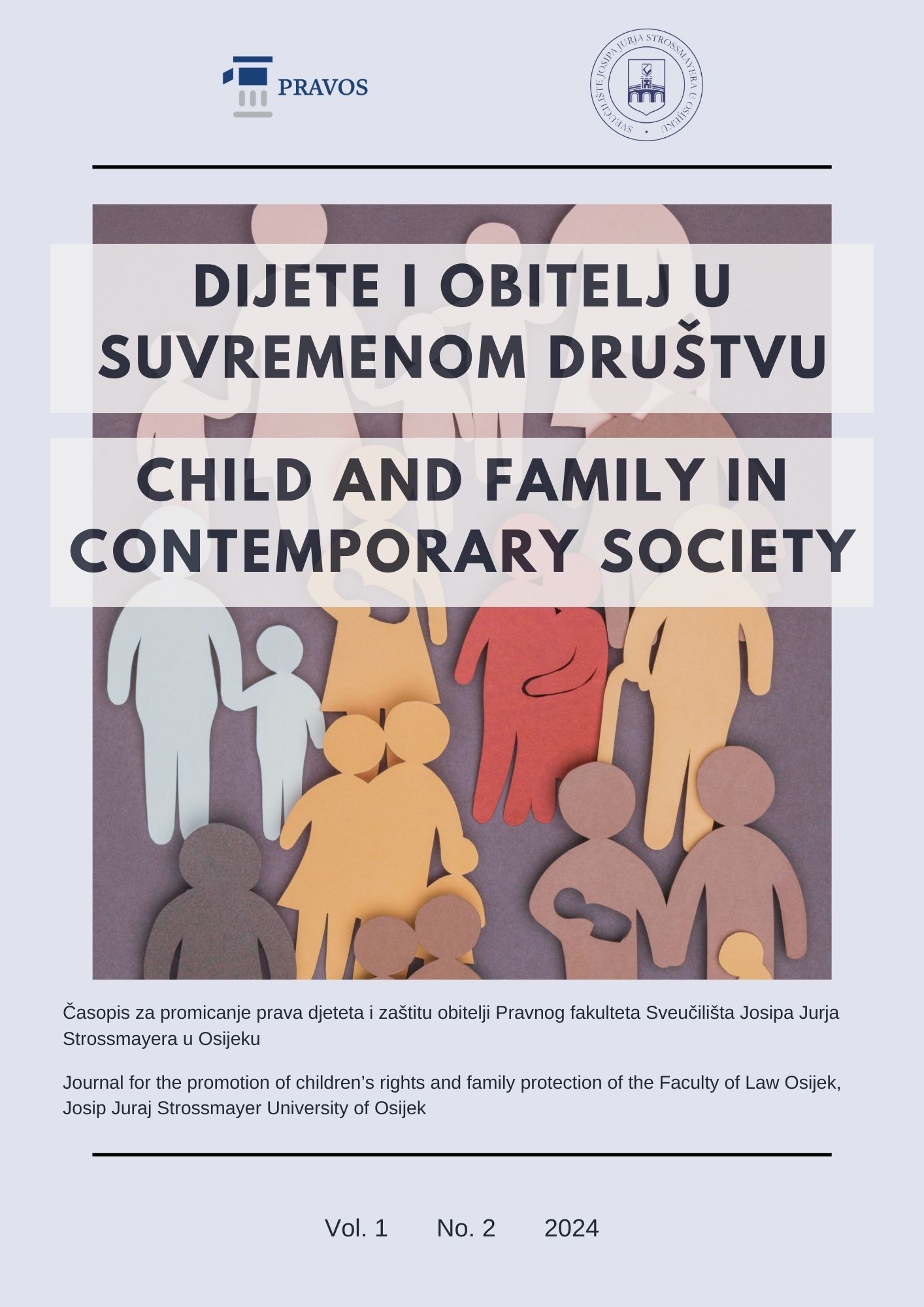FOOD (IN)SECURITY AND POVERTY RISK RATE IN HOUSEHOLDS WITH DEPENDENT CHILDREN IN THE REPUBLIC OF CROATIA
DOI:
https://doi.org/10.25234/dosd/33699Keywords:
food insecurity, poverty risk rate, households with dependent children, Republic of CroatiaAbstract
Food (in)security can serve as a credible indicator of living standards. Although understanding and solving problems related to the availability of a sufficient amount of safe and nutritious food is both an individual (households) and a social issue (the share of households receiving social assistance), through the poverty risk rate it is possible to have an insight into the number/percentage of people who are potentially in threats from food insecurity. Food insecurity depends on numerous indicators - income, economic development, food prices, (un)employment status, education, climate change, but also numerous other economic and social factors and changes. Therefore, this work identifies certain key challenges that population in chosen countries is faced, evident in low incomes, high inflation visible in the rise in the price of food and increased costs of housing, and life in general, and the poverty risk rate of households without dependent children compared to the households with dependent children.
Therefore, the aim of the paper is to analyze the concept of food (in)security and the comparison of empirical data based on a comparative analysis of indicators related to the food security of the Republic of Croatia inhabitants in relation to selected European Union countries (Slovenia, Germany, Austria, Bulgaria). Comparative analysis indicators of food insecurity are analysed for the 2019 till 2022 period in Croatia compared to Austria, Germany, Slovenia and Bulgaria. Furtherone, the research is focused to the analysis of the risk of poverty rate in Croatia for the period 2017 to 2020 with a detailed review of the trend of the risk of poverty rate by household type (households without dependent children versus households with dependent children). Social trends, with roughly a third of divorced marriages out of the total, are changing the structure of households. Data analysis confirms that the highest rate of risk of poverty is precisely in households where there is one parent with one or more dependent children.
Downloads
Published
Issue
Section
License
Copyright (c) 2025 Katarina Marošević, Rajko Odobaša, Marijan Bainac

This work is licensed under a Creative Commons Attribution-NonCommercial 4.0 International License.


